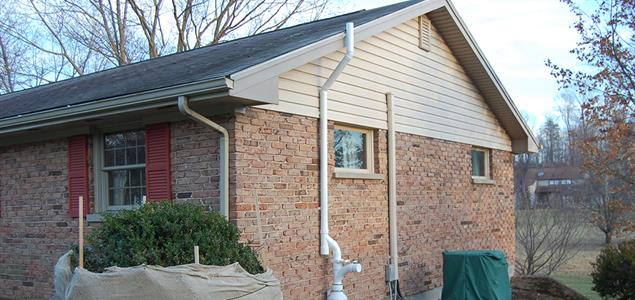Radon is a harmful gas, and it is essential to test your house for elevated radon levels. Since the gas is colorless, odorless, and tasteless, it is undetectable by the human senses. This makes it even more critical to conduct radon testing in your home. Living in a house with high radon levels can give birth to adverse health conditions, including the fatal disease of lung cancer.
The best and recommended way to reduce radon levels in your home is by conducting a professional treatment. However, if you want to try DIY methods, there are a few things you can do.
Tips to reduce radon levels in your home
- Ventilation.
If you have low levels of radon in your home, try increasing the ventilation in your house. Try keeping doors and windows open more frequently or set up open vents. However, for this DIY method to work successfully, remember that the radon levels in your area must be low. This method won’t work where the levels are high.
When radon rises from the ground, it dissipates when it meets the air. Therefore, the more you create a cross breeze, the better. When you keep the windows locked, the radon-concentrated air gets trapped inside the house, endangering your health.
- Seal your cracks.
If you have radon in your house, you must probably have cracks and holes in the foundation of your building. Vertical cracks in a home’s concrete foundation are common and not a threat to the building’s structural stability. However, they can certainly put your life at risk by increasing the amount of radon inside.
Check your foundation for cracks. Look thoroughly, find all the cracks you can, and seal them with epoxy sealant or caulk. While it is hard to find every crack due to a lot of them being tiny in size, fixing even some will reduce the risks.
- Seal access points in the basement.
The basement is one of the most common ways radon enters your home. In fact, your basement’s air may be more concentrated with radon than other parts of your house.
Draft excluders and rubber seals are affordable ways to seal the entry points in basements, such as doors and windows. This can help reduce the levels in your basement as the air in your basement may travel to the rest of your house.
These are a few DIY tips to reduce the radon levels in your home. While these may not work that much, it does not hurt to give them a try. However, buildings with high radon levels are only suggested to get professional treatment.
Also Read About: Setting Personal Goals for Your Gap Year Program

